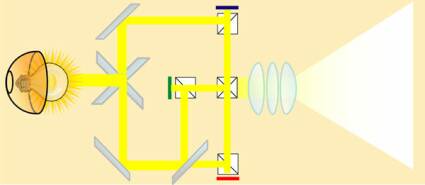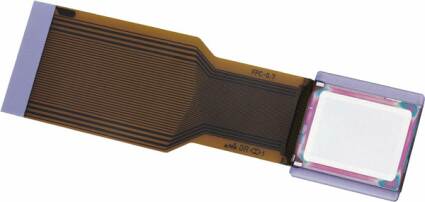Home Theater Cinema Paradiso With Video Projectors
D-ILA Technology
D-ILA (Direct Drive Image Light Amplifier) technology was developed by Japan's JVC. In fact, they are the only company using the technology today, which explains why few projectors of this type are available. Like DLP, D-ILA projection operates using reflection. The ILA matrix is an LCD matrix as with LCD projectors, but it's mounted on a metallicized silicon substrate. The technology offers two advantages:
Visibility of the often-noticeable LCD matrix (the "screen-door" effect) is strongly reduced and the display is used as a reflector (as with DLP) and not as a transmitter (as it is with LCD). This results in deeper blacks. D-ILA projectors also exist in several versions: mono- and tri-ILA. For the latter version, each primary color (red, green and blue) is associated with a different matrix. For mono-D-ILA, the white of the Xenon lamp is broken down into primary colors using holography.
Advantages And Disadvantages Of D-ILA Technology
Advantages
Blacks are deep and images are high in contrast. The resolution of the LCD matrices is very high, often higher than on DLP and LCD projectors.
Disadvantages
The price is fairly high compared to DLP or LCD projectors. The projectors are noisier because the Xenon lamp generates more heat than a traditional (UHP) lamp.
Get Tom's Hardware's best news and in-depth reviews, straight to your inbox.

